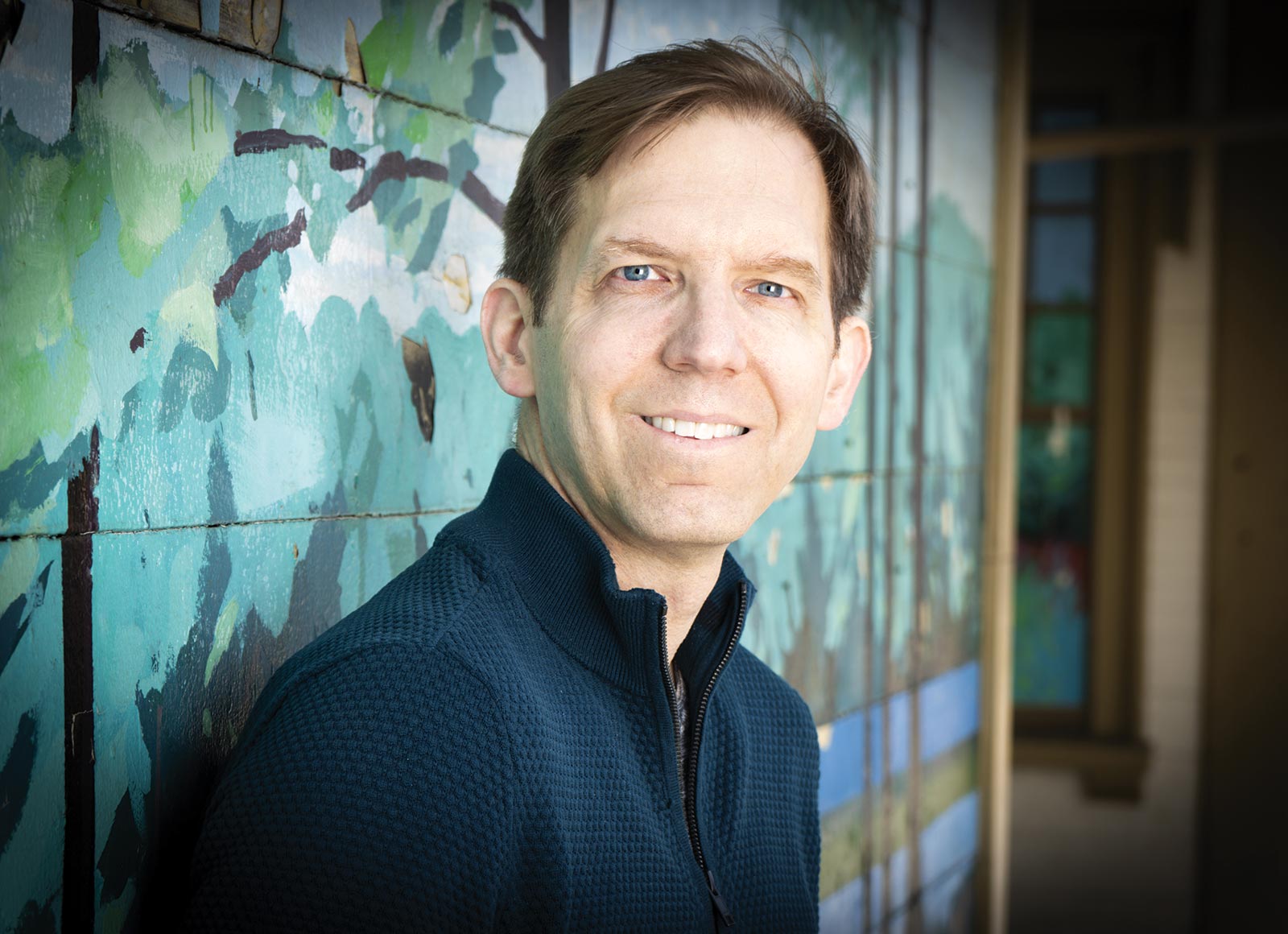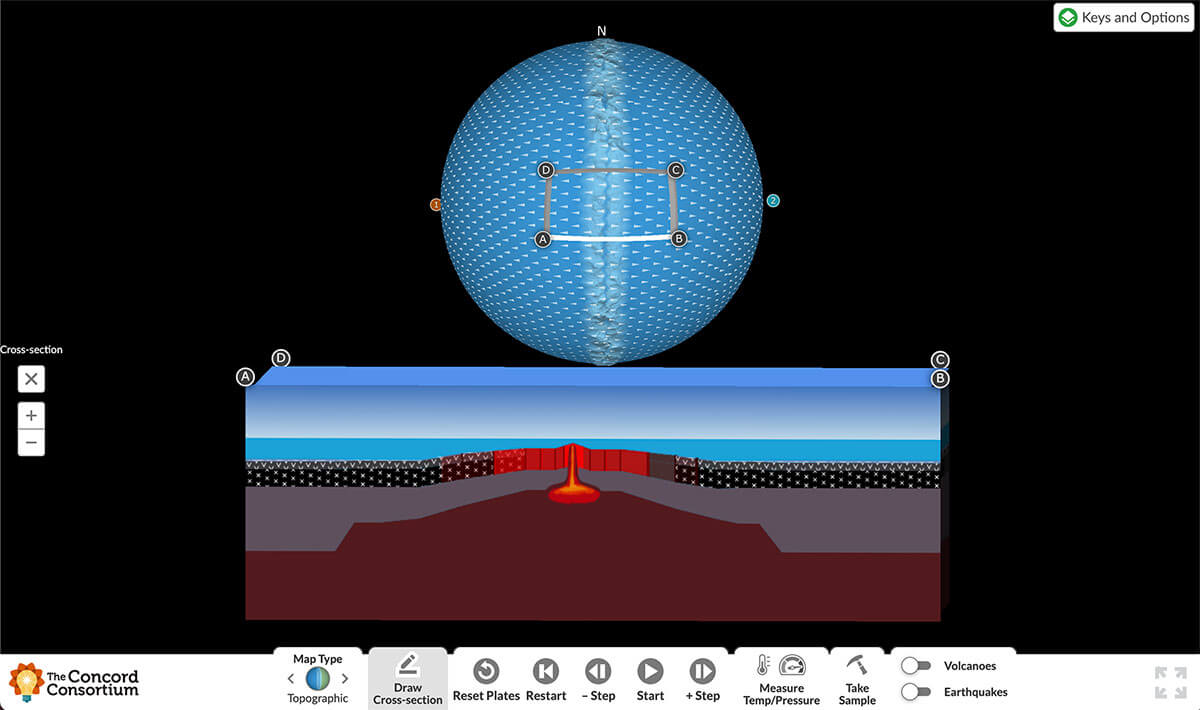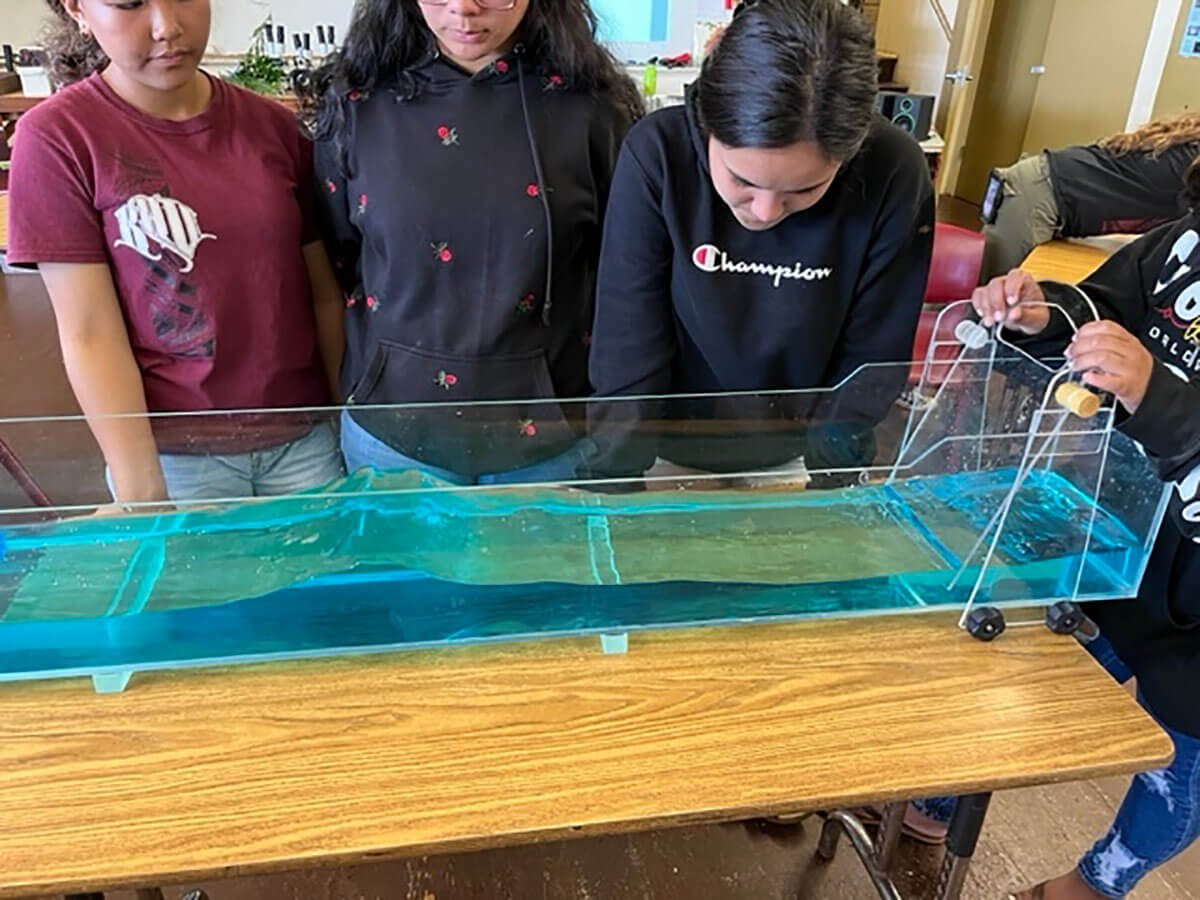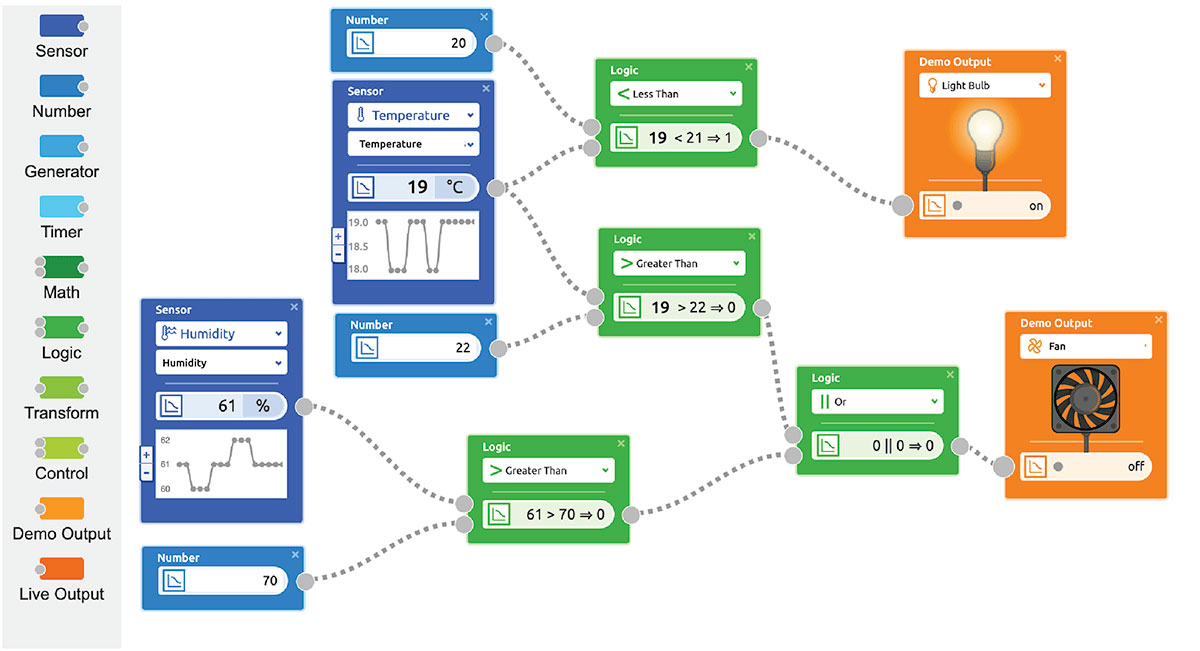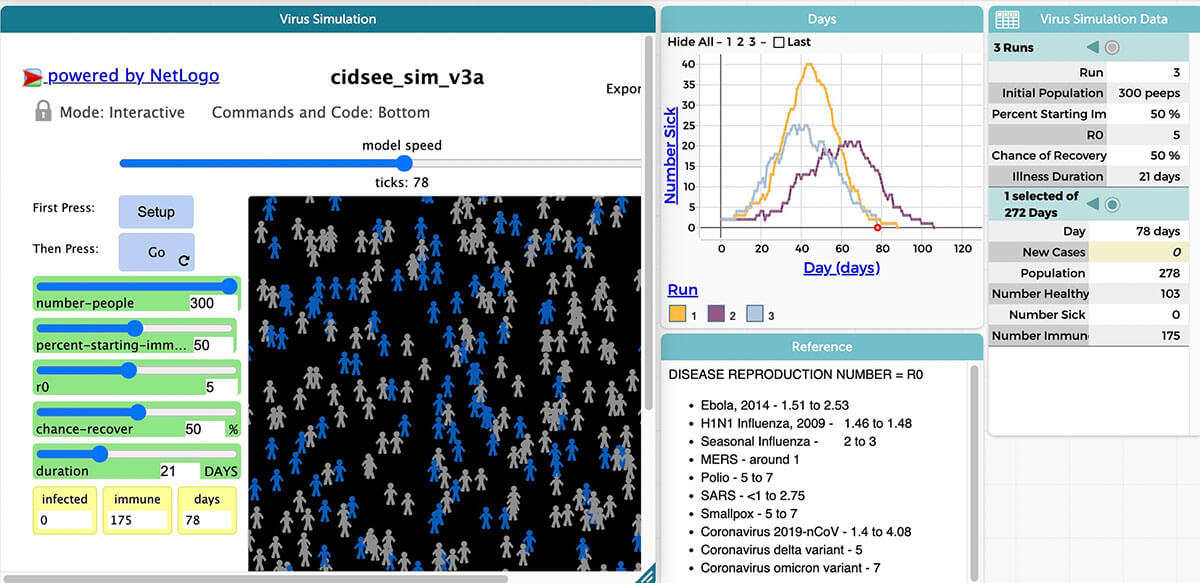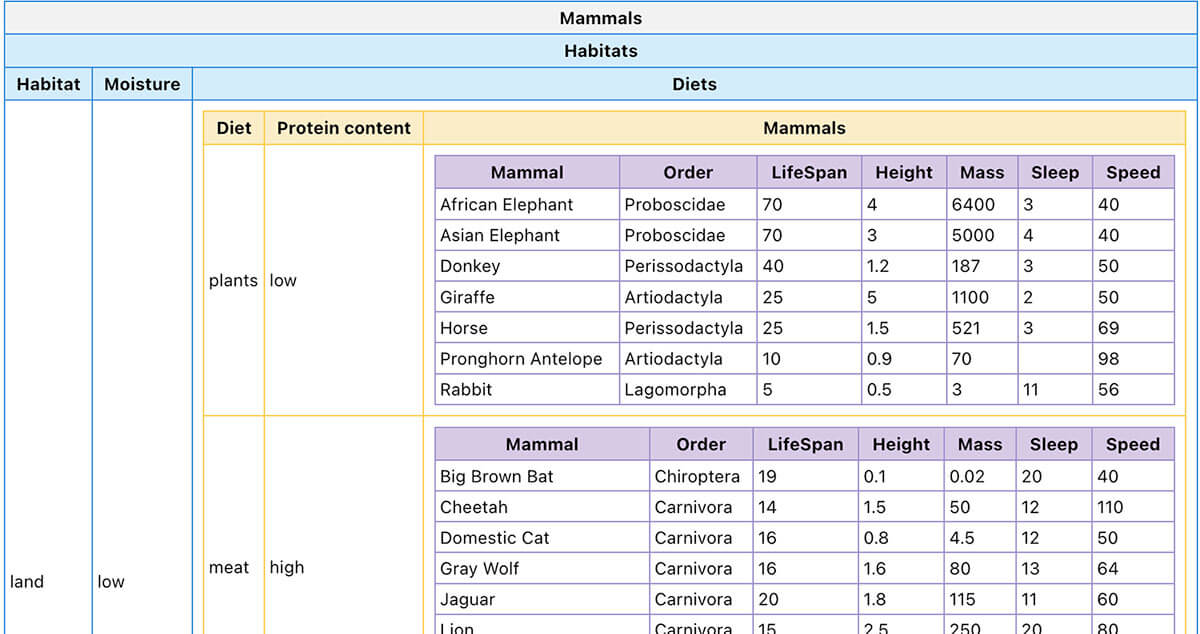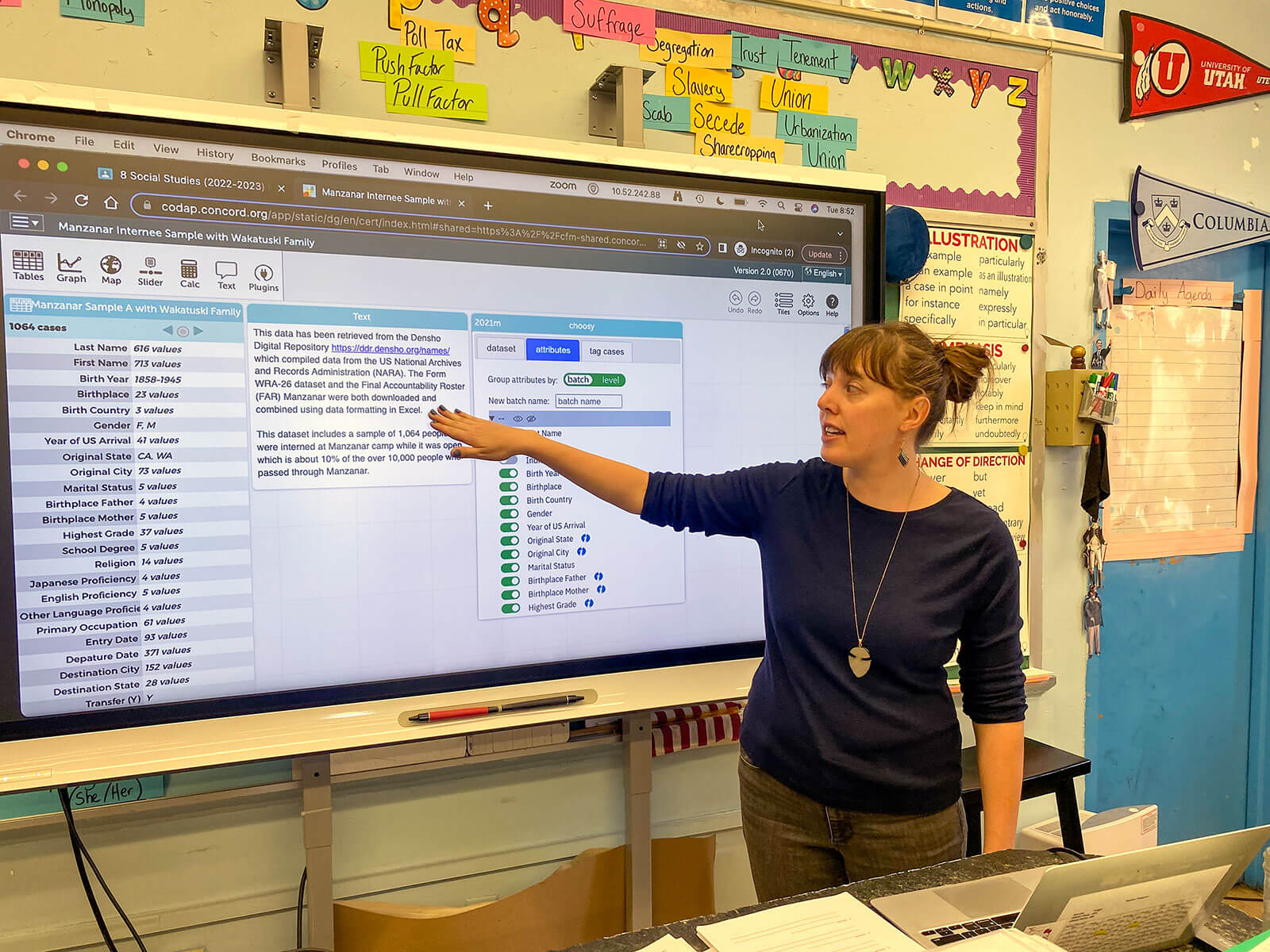AI and the Future of Education, Rocks and Tectonics, Systems Engineering Design Challenges, and more in Spring @Concord
Perspective: AI and the Future of Education
As we attempt to understand a future in which AI plays a prominent role, concerns about this seemingly mystical technology often occupy center stage. However, the bigger picture embraces anticipation and excitement as much as caution and concern. Where AI and learning intersect, intriguing questions—and more than a few surprises—await.
Making Connections: Rocks & Tectonics
Earth science teachers often have a collection of rock and mineral samples accompanied by scratch plates and vinegar droppers tucked away in their supply closets. These “rocks in a box” are pulled out for hands-on labs in which students learn to differentiate between calcite and quartz, granite and gneiss, shale and slate. However, labs about rocks and minerals miss the bigger story of their context within larger Earth systems. Funded by the National Science Foundation, the Geological Construction of Rock Arrangements from Tectonics: Systems Modeling Across Scales project, called TecRocks for short, aims to change that.
Monday’s Lesson: All About Basalt
There are over 4,000 types of minerals on Earth. These minerals combine in various amounts to form thousands of different rock types. Look at a geologic map of the United States and you’ll see a kaleidoscope of colorful streaks, each representing a unique rock type. But look at a geologic map of the ocean and you’ll see just one rock: basalt. It’s true. This singular igneous rock forms the surface layer of every ocean basin on Earth, covering about 60% of the entire globe. Why is this one rock type so abundant on the ocean floor? And how did it get there?
Engaging Multiple Perspectives in Alaskan and Hawaiian Classrooms
Precipitating Change with Alaskan and Hawaiian Schools is a National Science Foundation-funded project with partners from Alaskan and Hawaiian Native communities, multiple universities, and the Concord Consortium. Together, we are exploring approaches to designing, testing, and refining multi-perspective, middle school science instruction about coasts and coastal change.
Systems Engineering: Design Challenges for the Internet of Things
In the classic egg drop challenge, students use cardboard, tissue paper, balloons, and more to protect poor Humpty Dumpty from a fall. Other early engineering design challenges include constructing a bridge with popsicle sticks or creating a geometric structure with toothpicks and marshmallows. While such activities can help students learn about design, they differ markedly from the challenges of current real-world engineering. The SEE-IT (Science and Engineering Education for Infrastructure Transformation) project leverages the modern-day Internet of Things to engage students in thinking about design from a systems perspective.
Data Detectives Clubs Combine Narrative, Data, and Sound
Stories help us understand the events and phenomena around us. When a new respiratory disease disrupted our lives in early 2020, children wanted to know where it came from, how it spread, how many people were affected, and how to get through it. Tumblehome, Inc. told the story of the pandemic through a middle school adventure novel, The Case of the COVID Crisis. The book is now the centerpiece of a project funded by the National Science Foundation designed to empower young people to understand data science through epidemiology.
Under the Hood: New CODAP Plugin Displays Hierarchical Data
Our web-based Common Online Data Analysis Platform (CODAP) is a robust environment where students use a simple drag-and-drop interface to organize, transform, and create visualizations of data. CODAP is also a powerful dual development environment. First, developers can build on top of CODAP, as we did with our system modeling tool SageModeler. Second, developers can build plugins within CODAP using an API that allows the plugin to both talk to CODAP and to monitor what the user is doing in CODAP, so it can respond appropriately.
Teacher Innovator Interview: Rachel Folger
Rachel Folger laughs when she recounts the time one of the students in her eighth grade social studies class exclaimed, “Whoa, Ms. Folger! Did you know that this is just what we’re doing in math?” Rachel is thrilled that her students—who typically “walk through their day in these very isolated subject areas”—are making connections across the curriculum. As part of our Contextualizing Data Education via Project-Based Learning (DataPBL for short) project, she is integrating datasets into a module on the Japanese American internment and having her students use CODAP to explore the data with tables, maps, and graphs. And, yes, she knows that her students are also analyzing graphs in their math class.
News at Concord Consortium
News at the Concord Consortium in spring 2023: 1) With partners at Carnegie Mellon University and North Carolina State University, we are developing and researching a novel program that integrates natural language-based artificial intelligence (AI) concepts and practices into high school mathematics, English language arts, and history classes. 2) The National Science Foundation-funded Writing Data Stories project developed the Story Builder plugin for CODAP that allows students to build story “moments,” with each interactive moment capturing the state of the CODAP document at a given time.

